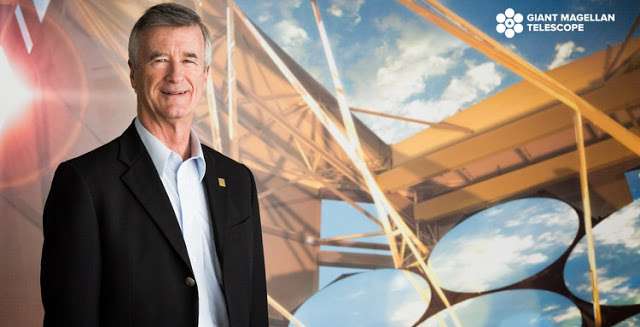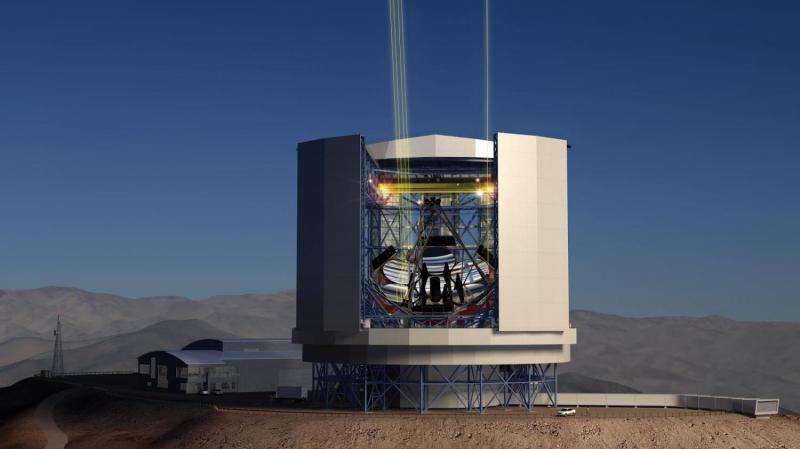Giant Magellan Telescope poised to answer some of humanity's biggest questions

The Giant Magellan Telescope (GMT), which is currently being built in Chile, is poised to answer essential questions about the universe, according to the newly appointed president of the organization that manages the GMT project.
Robert Shelton assumed the position of President of the Giant Magellan Telescope Organization (GMTO) on Feb. 20, 2017. He will lead the effort to complete the construction of this 24.5 meter next-generation telescope, which is planned to become operational as early as 2021.
"My ultimate goal is to see the GMT through construction and first light, giving astronomers the tools to make discoveries that will change our perspective on our place in the universe," Shelton told Astrowatch.net.
During his presidency, Shelton will work closely with the GMTO board of directors, partner institutions and teams in the U.S. and Chile to ensure the successful completion of the telescope. He plans to leverage his past experience and work with the community to continue raising funds for this historic project, which will impact scientific research for decades to come.
"I'm honored to have led the Research Corporation for Science Advancement's mission to fund important scientific research for the past three years, and know that I will take from this role and past others, leading major academic endeavors and large-scale initiatives, the experience to lead the funding and completion of the GMT and bring the ambitious goals for the project to fruition. As a scientist, the opportunity to take the helm of a historic endeavor such as the GMT is a once-in-a-lifetime prospect," Shelton said.

Located at the Las Campanas Observatory high in the Andes mountains of northern Chile, GMT will be the world's largest astronomical telescope. The project is being developed by an international consortium of universities and research institutions in the U.S., Australia, Brazil, and South Korea.
GMT was designed to be a segmented mirror telescope that employs seven of today's largest stiff monolith mirrors as segments. Its six off-axis 8.4-meter segments will surround a central on-axis segment, forming a single optical surface 24.5 meters in diameter with a total collecting area of 368 square meters.
GMT is expected to be operational for many decades, enabling breakthrough science ranging from studies of the first stars and galaxies in the universe to the exploration of extrasolar alien worlds. Shelton believes that GMT has the potential to even revolutionize our understanding of astronomy.
"The GMT is poised to answer some of humanity's biggest questions about the nature of exoplanets and whether we are alone in the universe, about the beginning of the universe to understand the formation and evolution of the galaxies, about the origin of the chemical elements, and how black holes grow. The biggest discoveries that will be made by the GMT, however, will be the unexpected results that revolutionize our understanding of astronomy," Shelton told Astrowatch.net.
Shelton joined GMTO from the Research Corporation for Science Advancement where he has been president since March 2014. He has been the executive director of the Arizona Sports Foundation, the 19th president of the University of Arizona, and provost and executive vice chancellor of the University of North Carolina at Chapel Hill, among many other notable leadership and academic positions at renowned public research universities.
Provided by Astrowatch.net



















